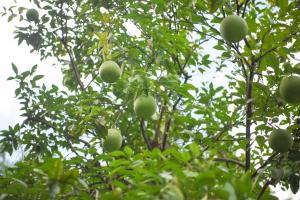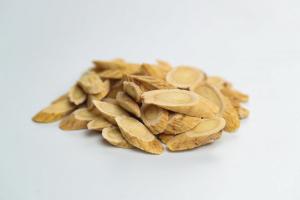What Plant Cleans Water?
Water pollution is a global problem that affects public health, aquatic life, and the environment. In many parts of the world, water resources have been contaminated with industrial effluents, agricultural chemicals, sewage, and other toxins, causing serious health hazards to people and animals who depend on water for survival. Traditional water treatment methods such as chlorination and filtration are effective but expensive, and they may not remove all pollutants. But did you know that some plants can help to purify water naturally?
Water Purifying Plants
Several species of plants have been found to be effective in removing pollutants from water. These plants are known as phytoremediators or hydrophytes, and they are specially adapted to grow in water or wet soils. Phytoremediation is a process whereby plants absorb, transform, or immobilize pollutants from the environment through natural physiological processes such as transpiration, metabolism, and uptake. The following are some examples of water purifying plants:
1. Water Hyacinth: Water hyacinth is a floating aquatic plant that is native to tropical and subtropical regions of South America. The plant has attractive lavender flowers and long, green leaves. Water hyacinth is used to treat wastewater and contaminated water in many parts of the world because it can absorb nutrients such as nitrogen and phosphorus from water, reducing the risk of eutrophication.
2. Reed: Reed is a tall perennial grass that grows in wetlands, marshes, and riverbanks. The plant has a cylindrical stem and long, slender leaves. Reed is commonly used in constructed wetlands to treat domestic sewage, agricultural runoff, and industrial effluents. The plant can remove organic matter and nutrients from water, reduce sedimentation, and provide habitat for aquatic organisms.
3. Horsetail: Horsetail is a primitive vascular plant that is found in wetlands, forests, and fields. The plant has jointed stems and whorls of needle-like leaves. Horsetail is used to treat contaminated groundwater and soil because it can absorb heavy metals such as arsenic and lead, and it has antimicrobial properties that inhibit the growth of bacteria and fungi.
Advantages of Using Water Purifying Plants
The use of water purifying plants has several advantages over traditional water treatment methods. Firstly, plant-based systems are cost-effective and require minimal maintenance compared to mechanical systems. Secondly, the plants provide ecosystem services such as wildlife habitat, carbon sequestration, and aesthetic value. Thirdly, phytoremediation is a sustainable and non-invasive method that does not produce harmful byproducts or wastes. Fourthly, water purifying plants can be grown in various types of environments, including remote and rural areas where access to clean water is limited.
Conclusion
Water pollution is a serious problem that requires urgent attention from policymakers, scientists, and citizens. The use of water purifying plants is a promising technology that can complement existing water treatment methods and provide a natural, eco-friendly solution to pollution. By harnessing the power of nature, we can create a healthier and more sustainable future for ourselves and our planet.

 how many times do yo...
how many times do yo... how many planted tre...
how many planted tre... how many pine trees ...
how many pine trees ... how many pecan trees...
how many pecan trees... how many plants comp...
how many plants comp... how many plants can ...
how many plants can ... how many plants and ...
how many plants and ... how many pepper plan...
how many pepper plan...































